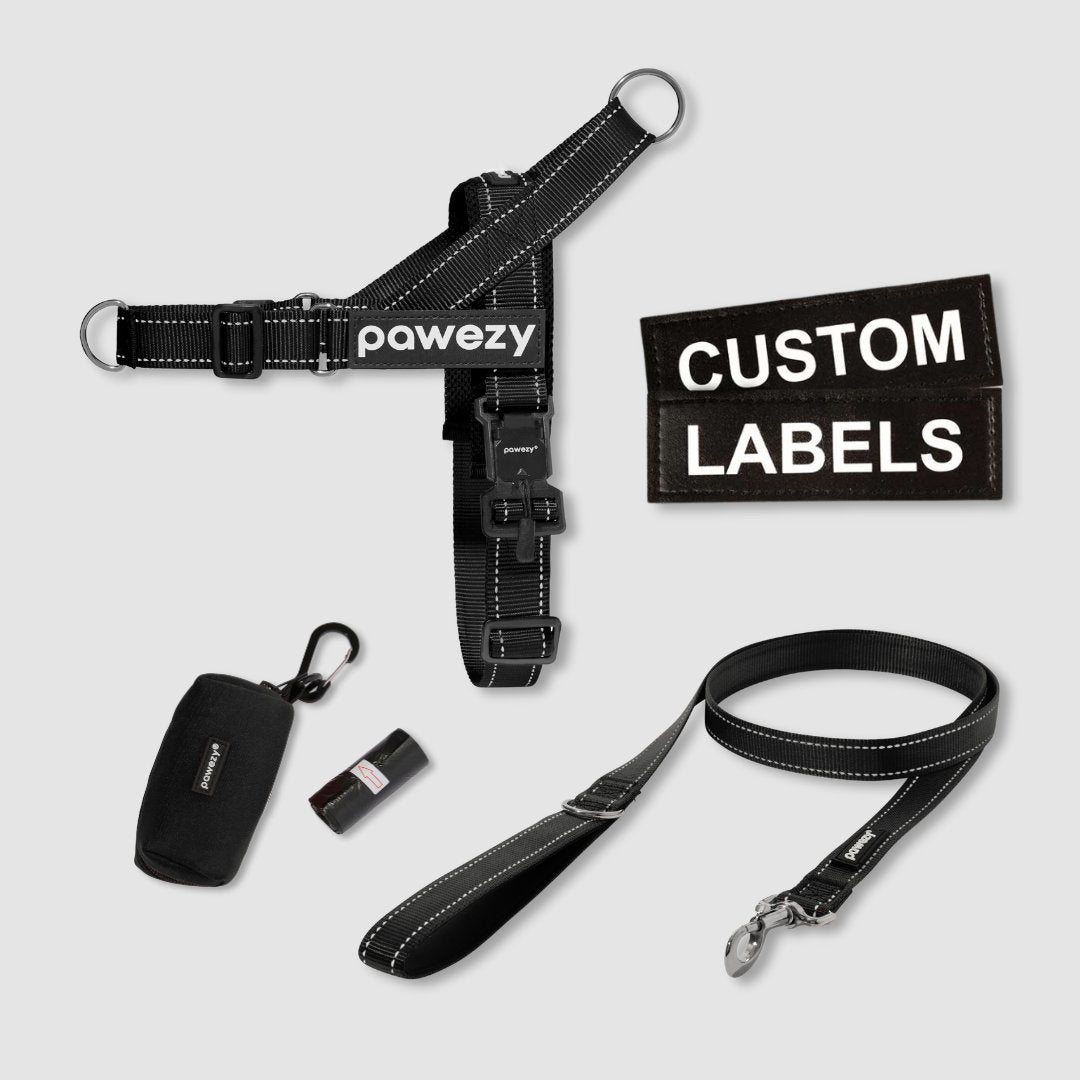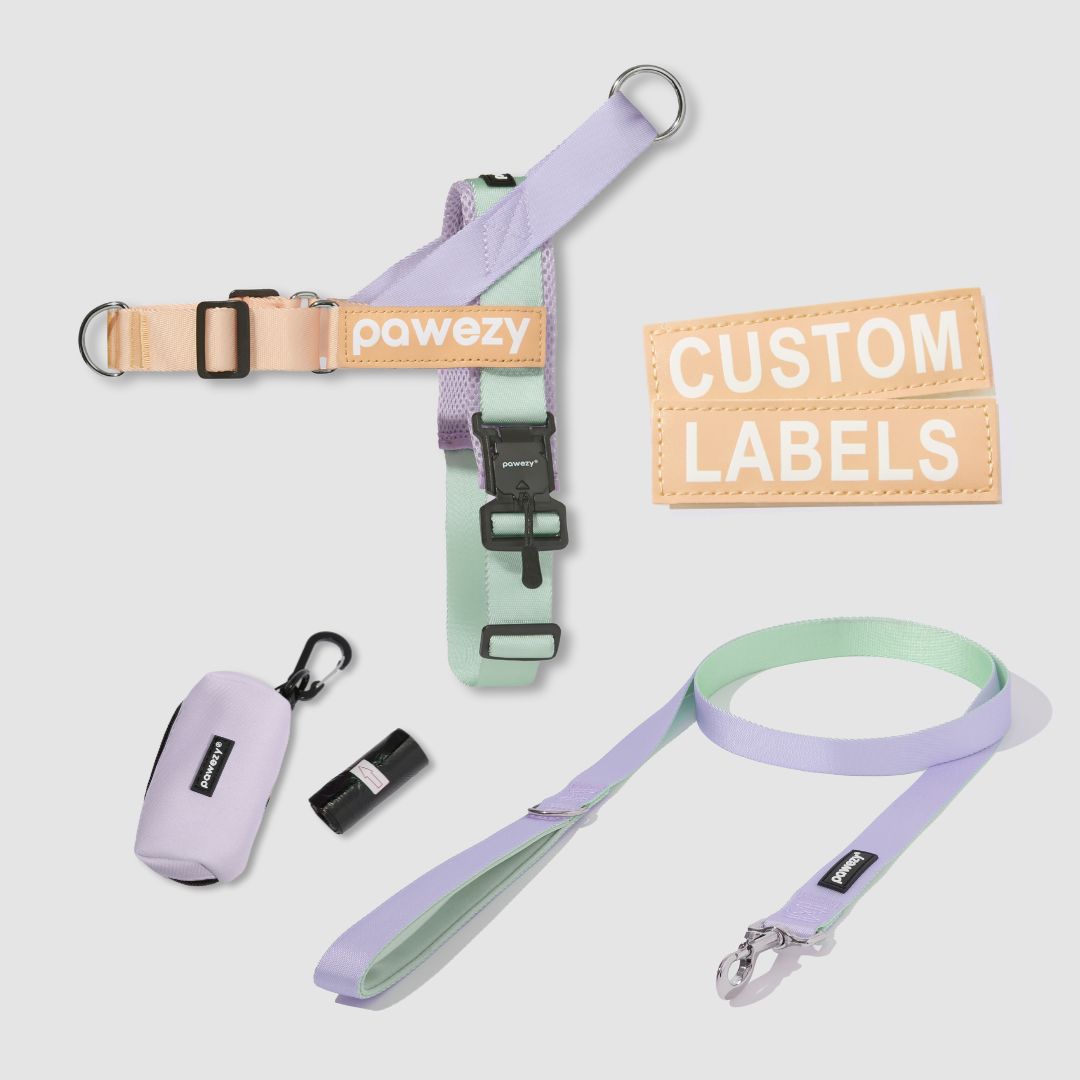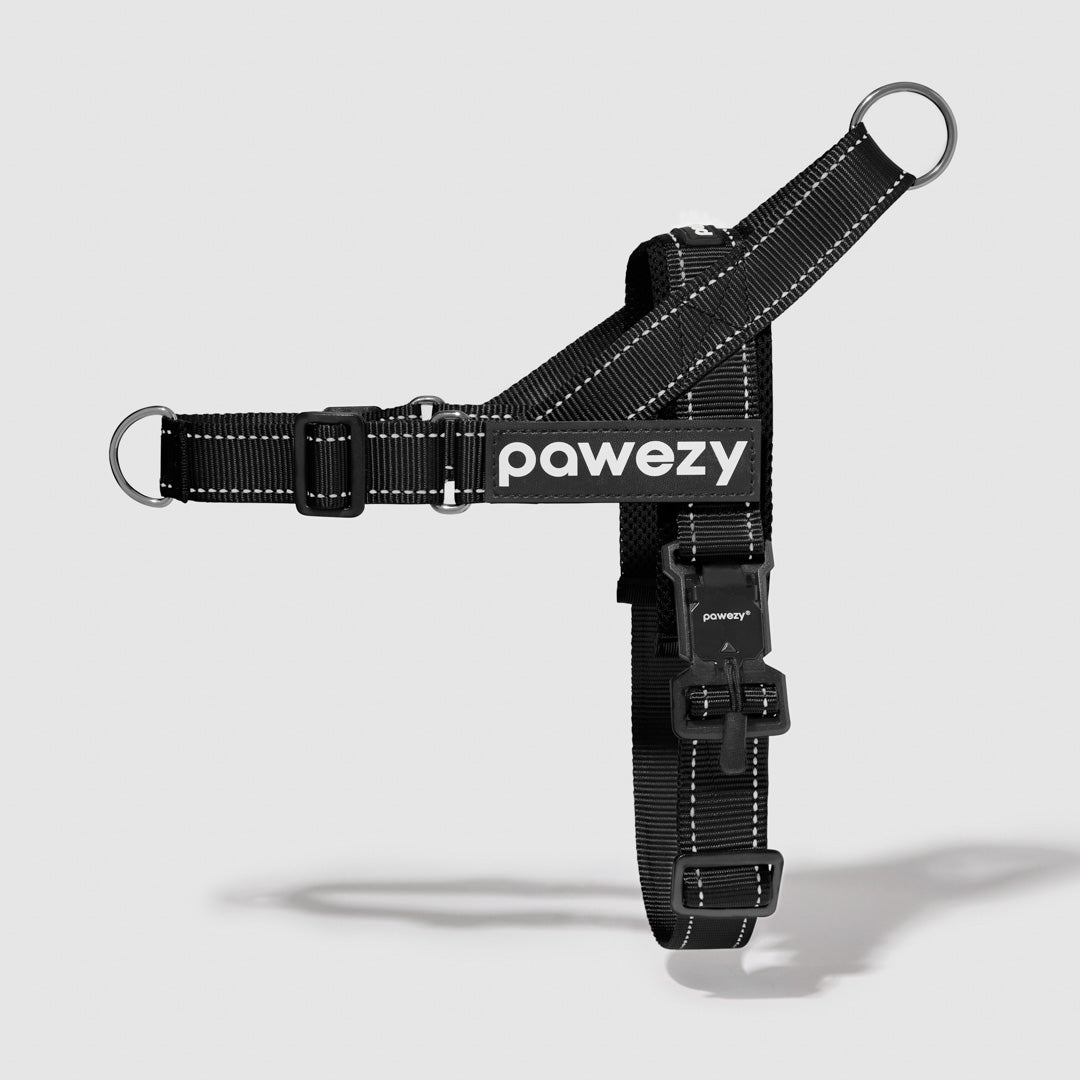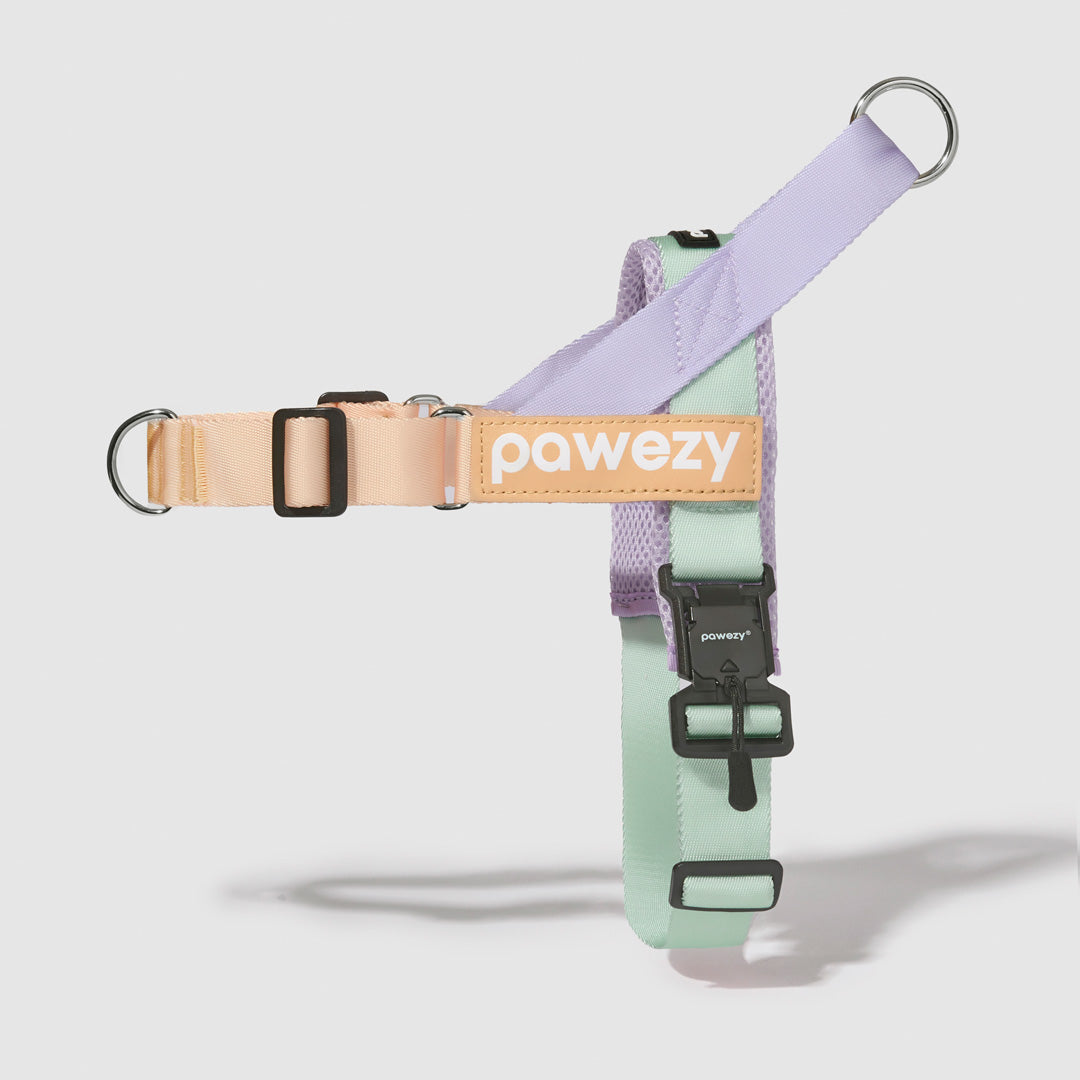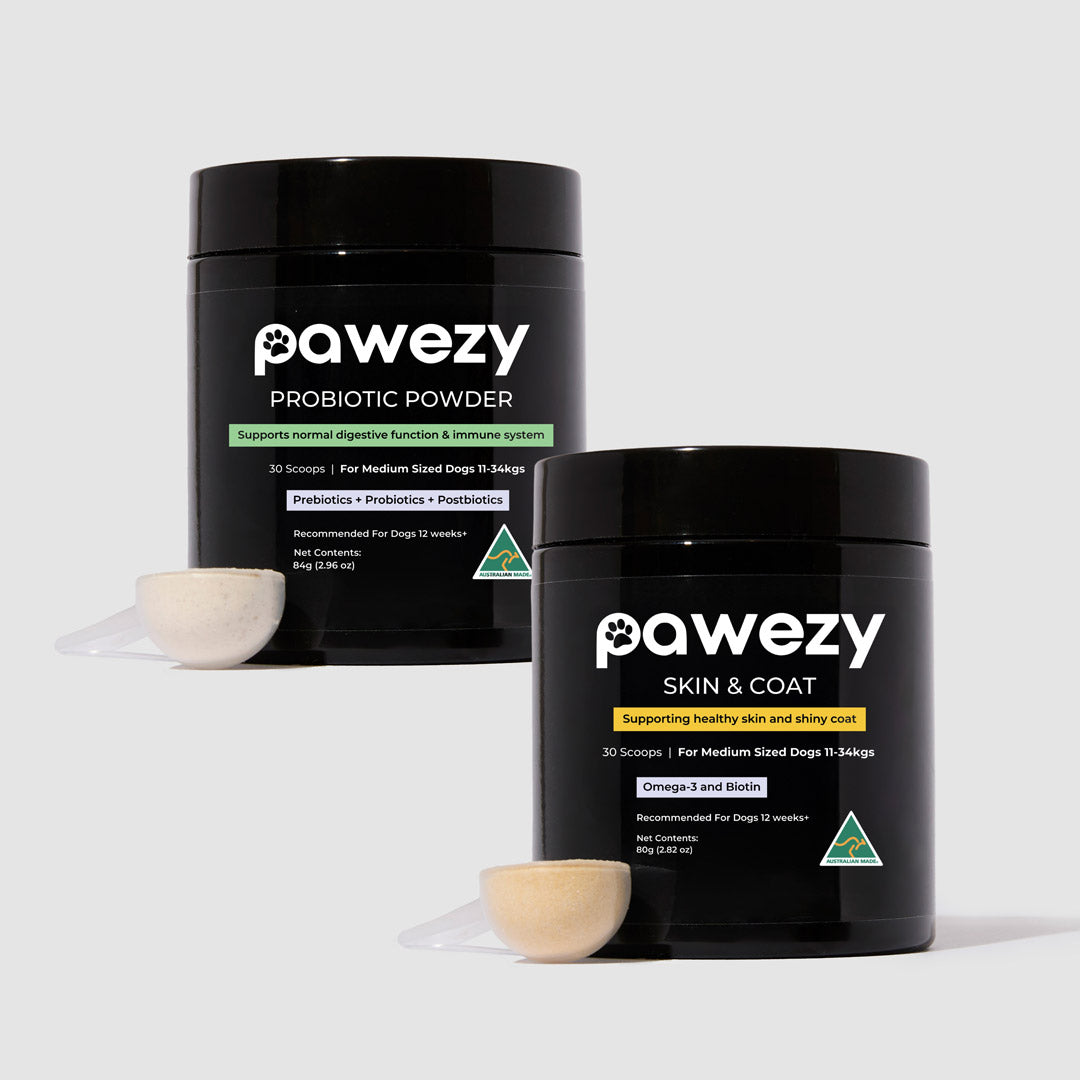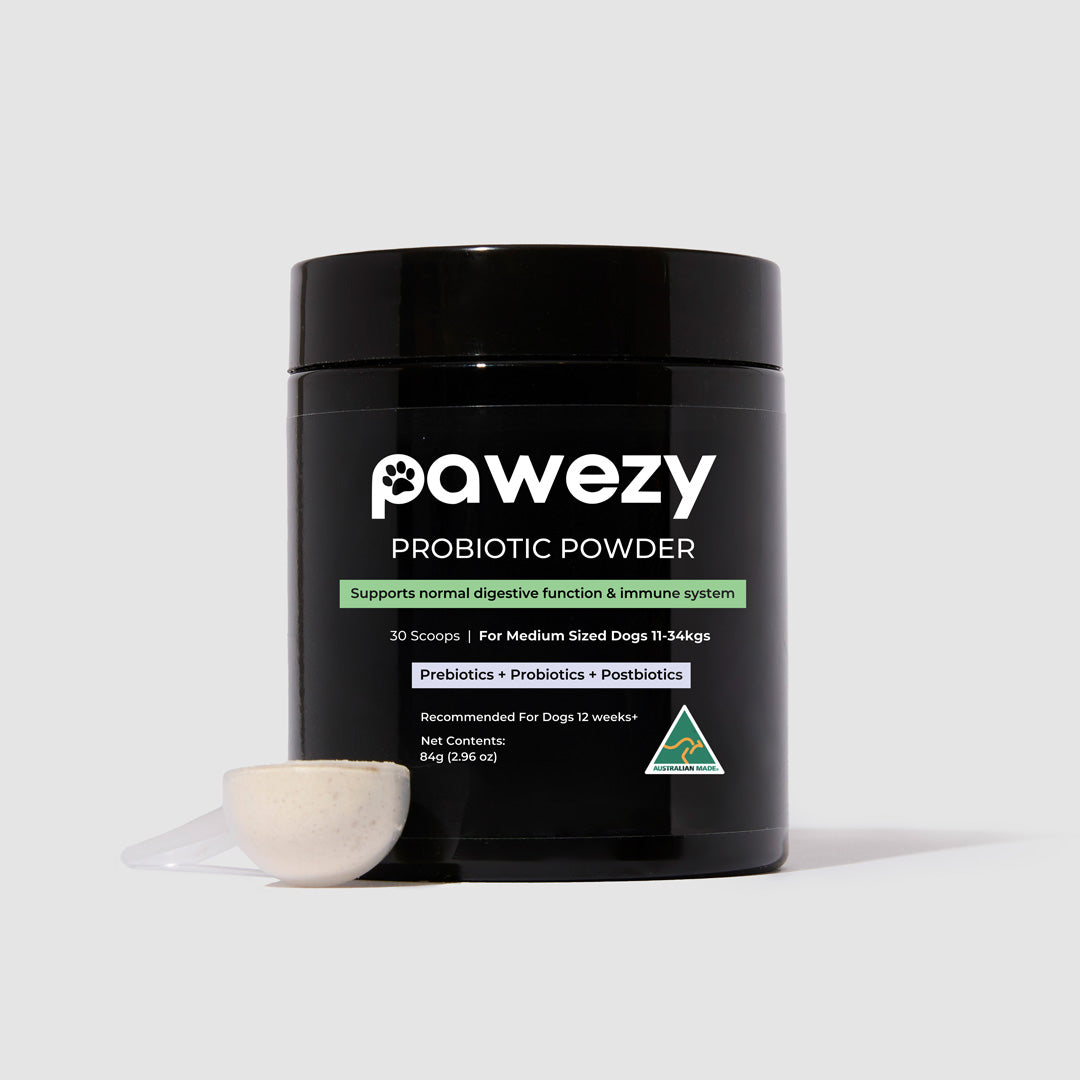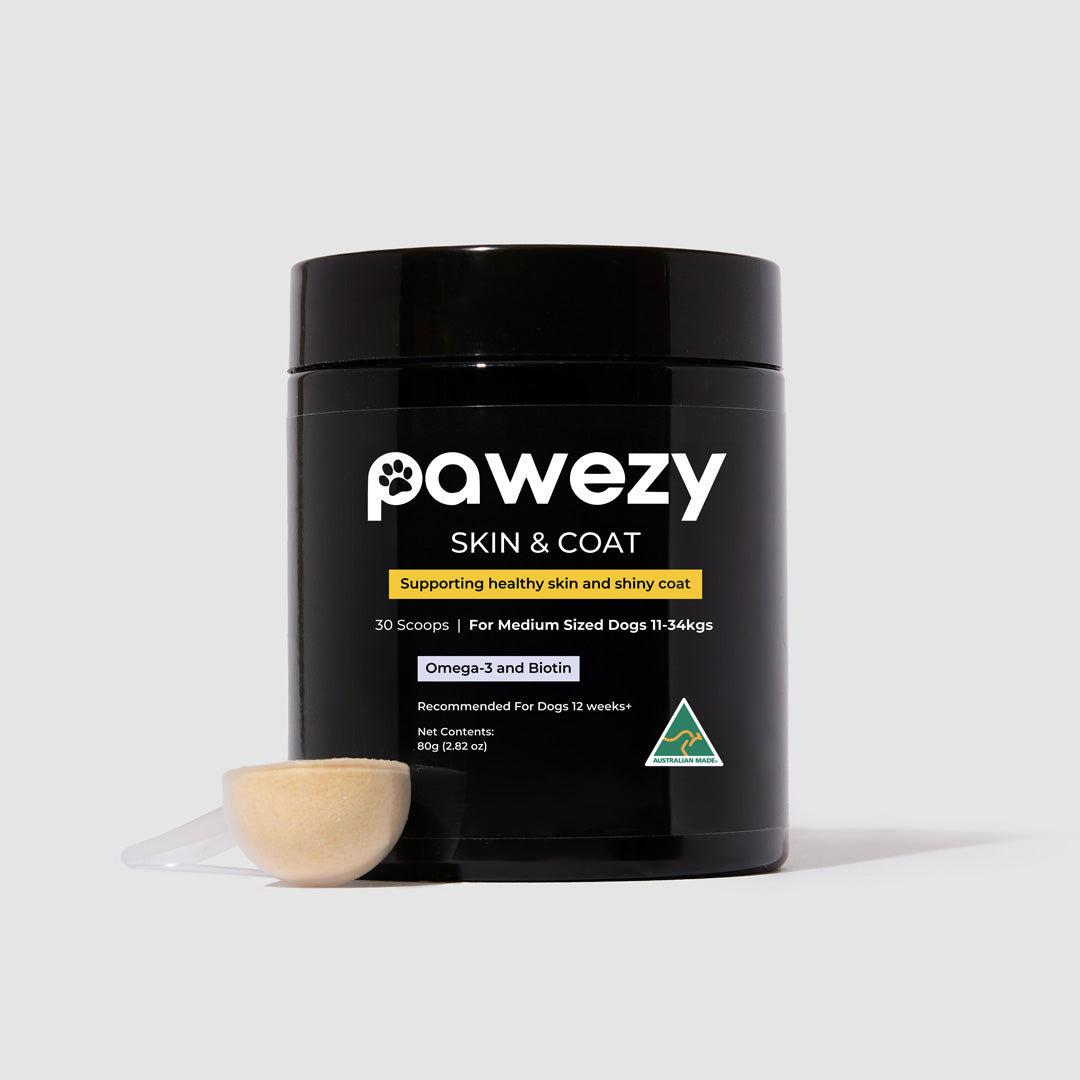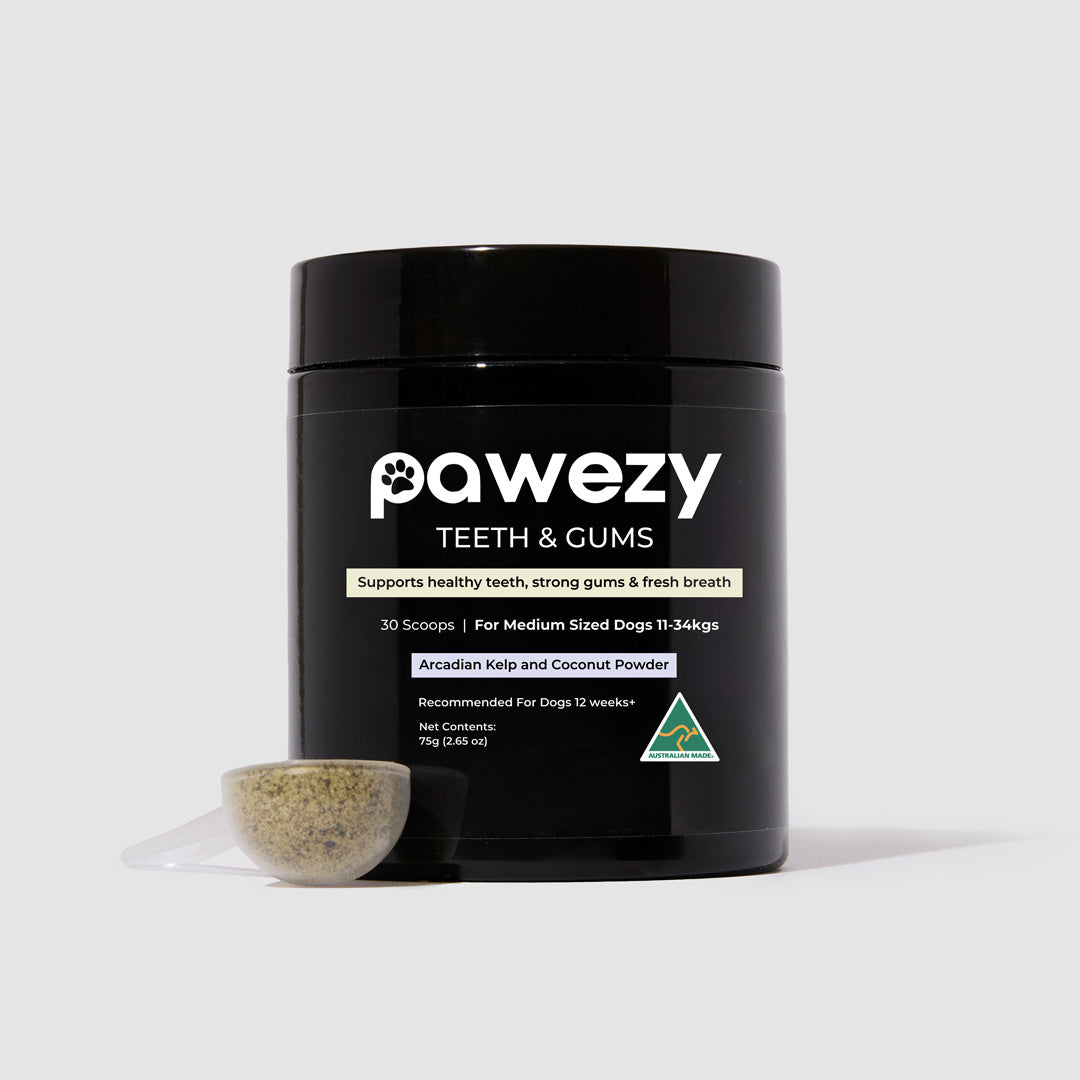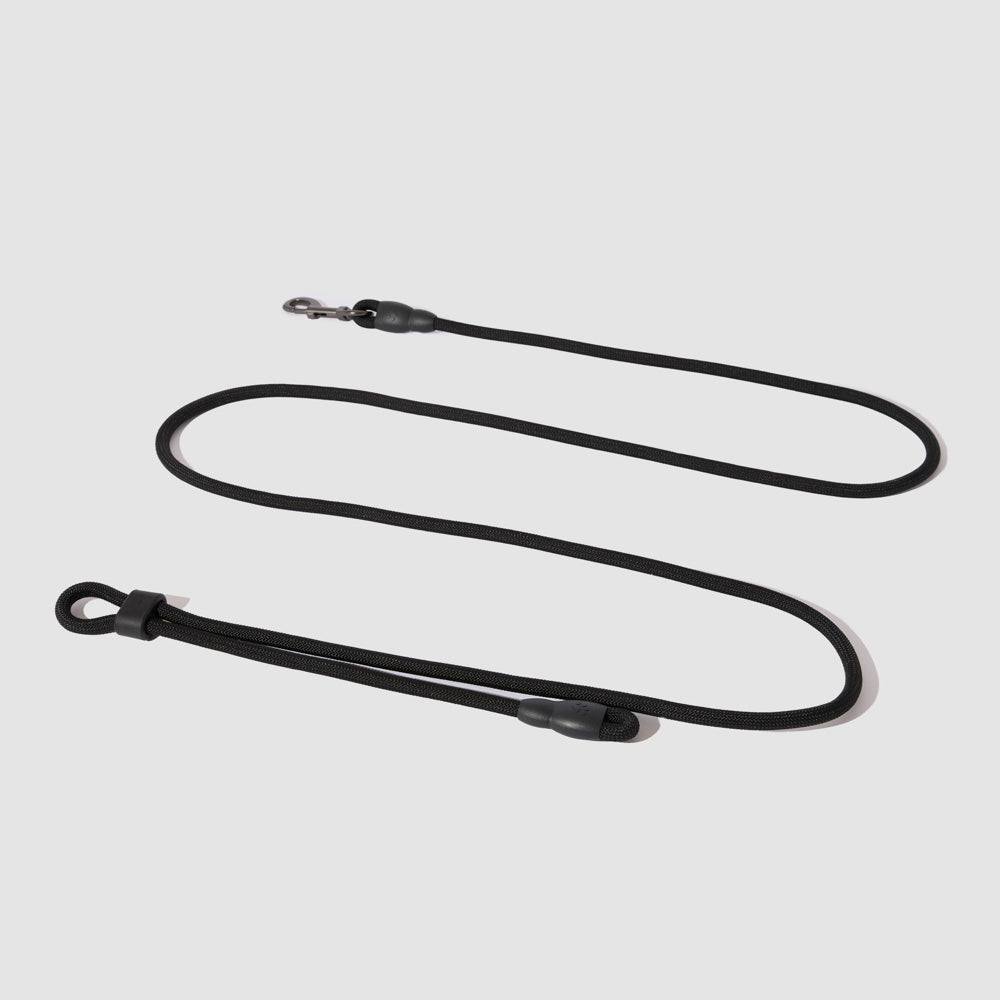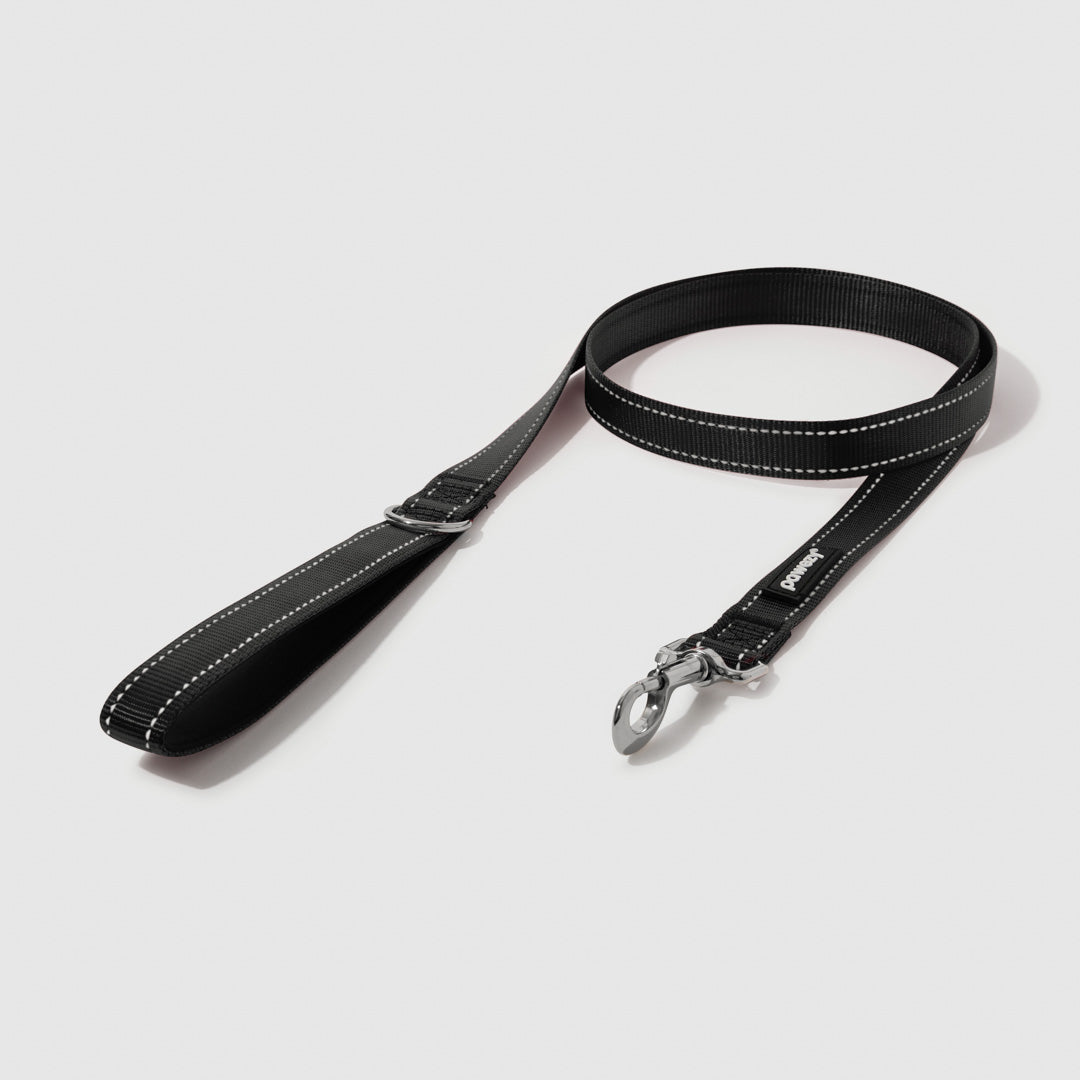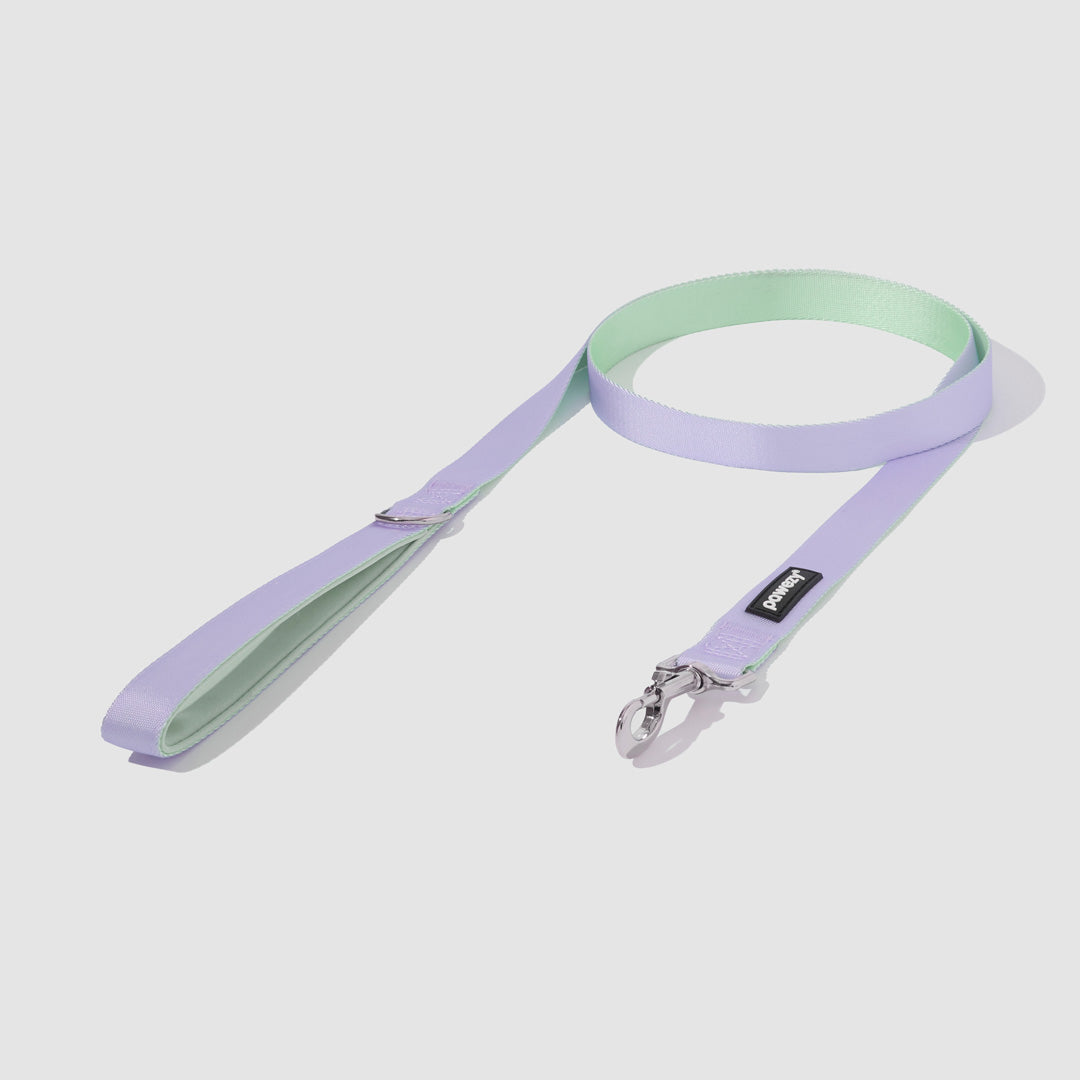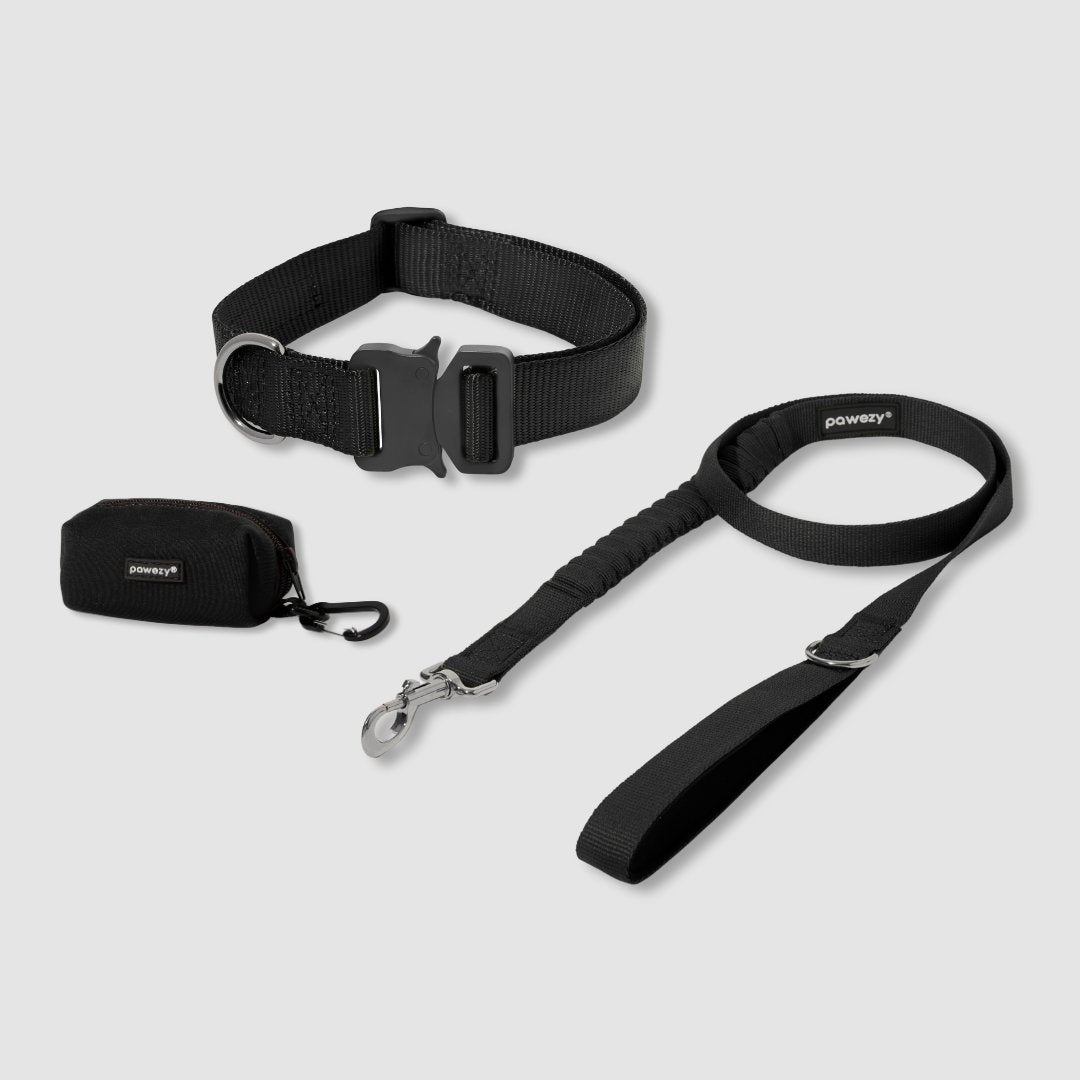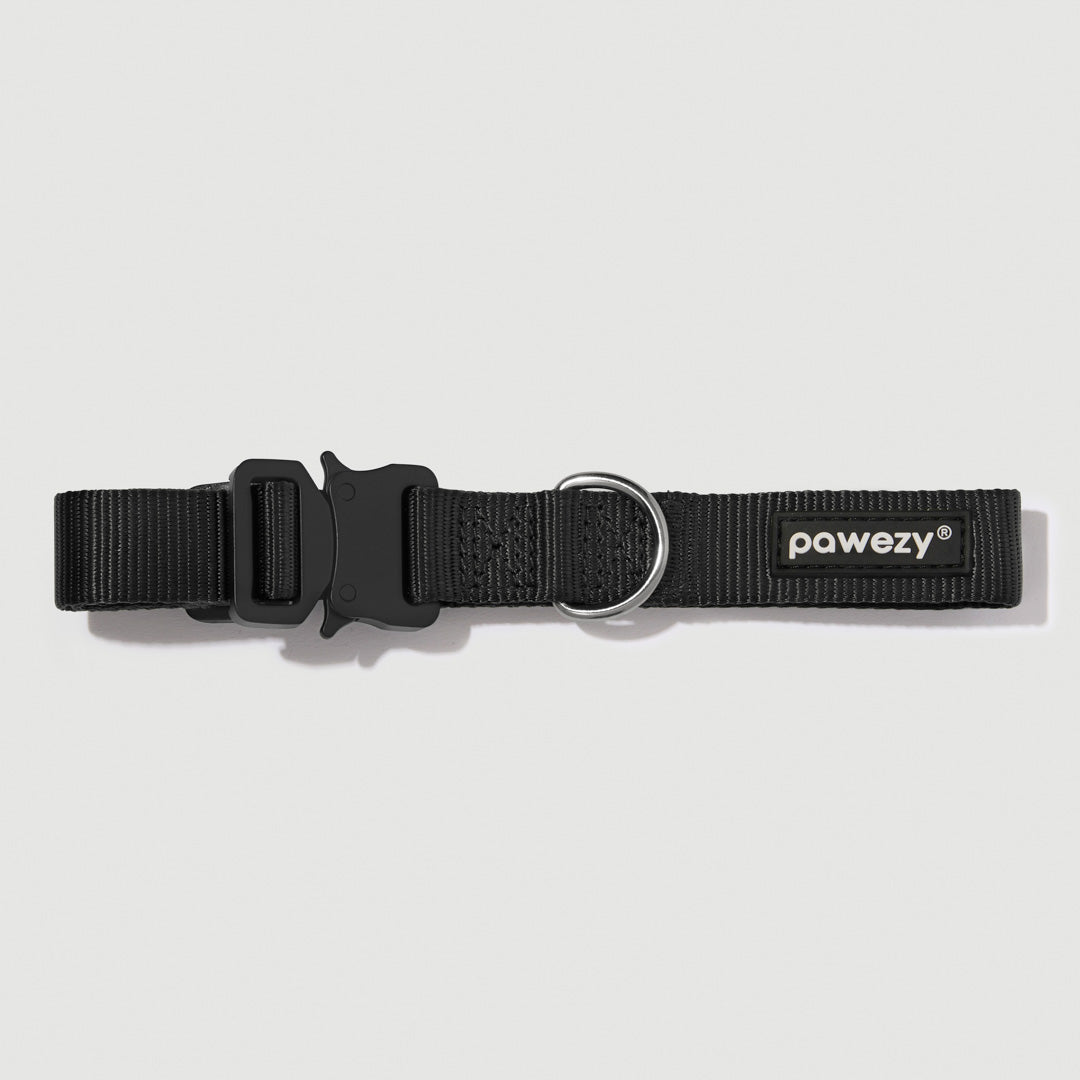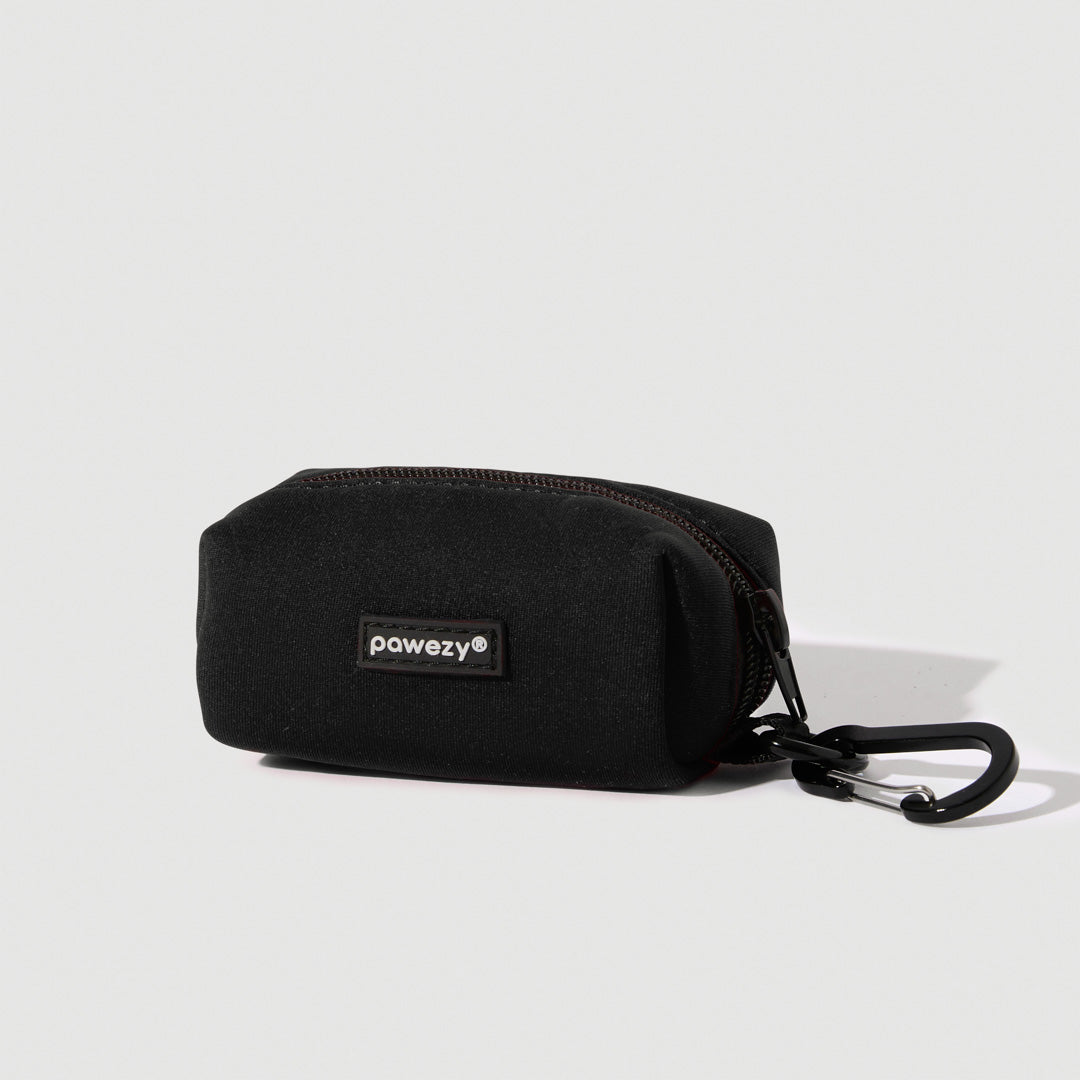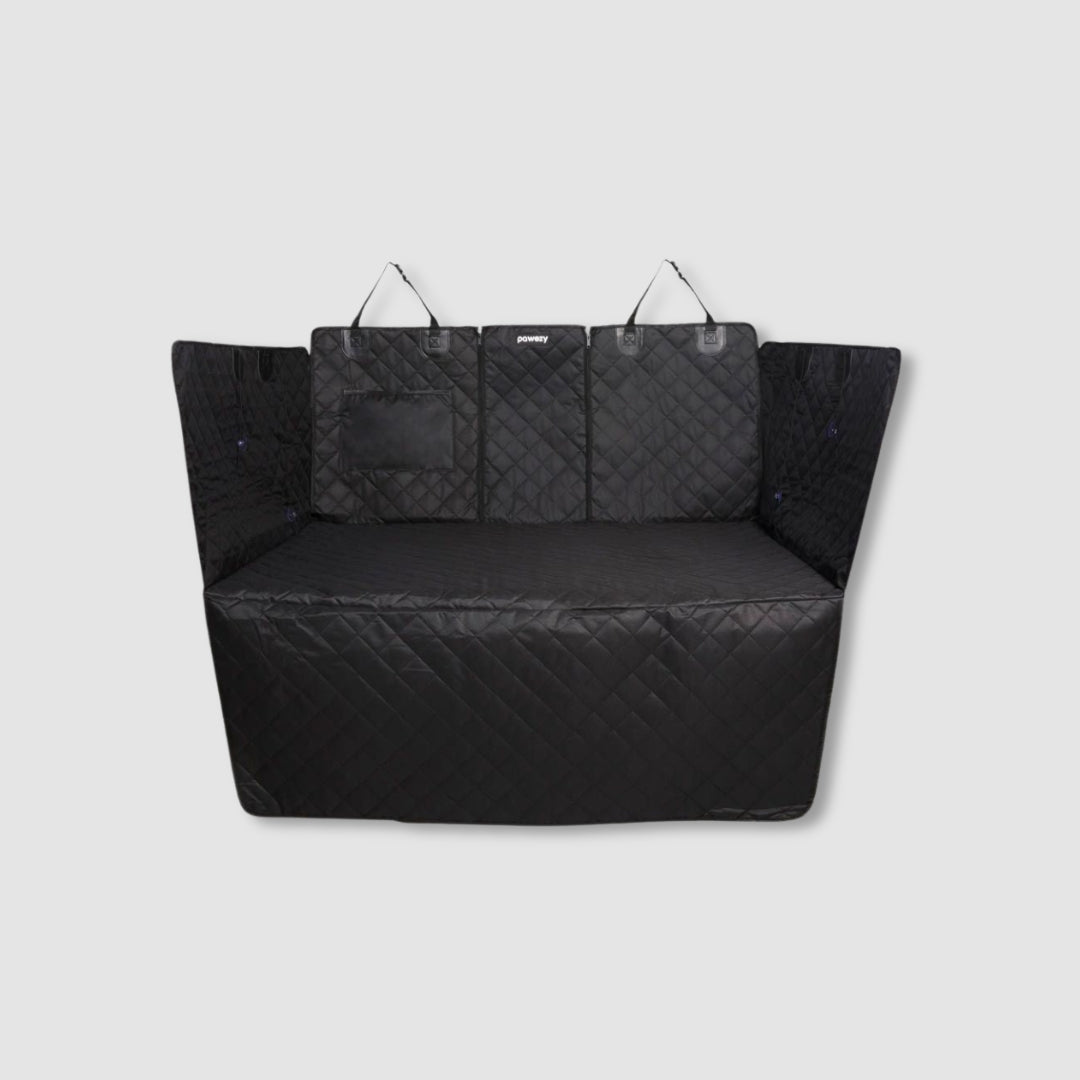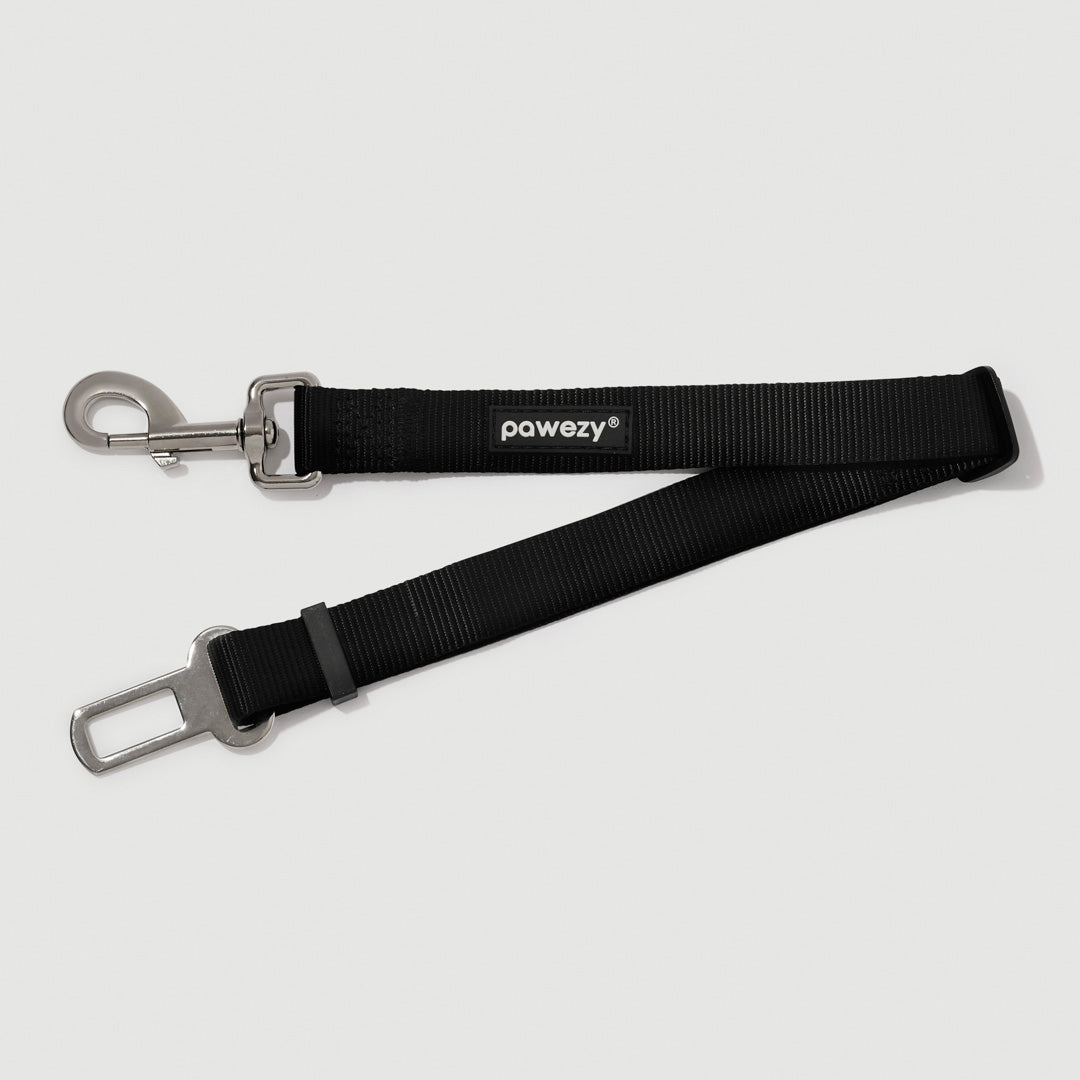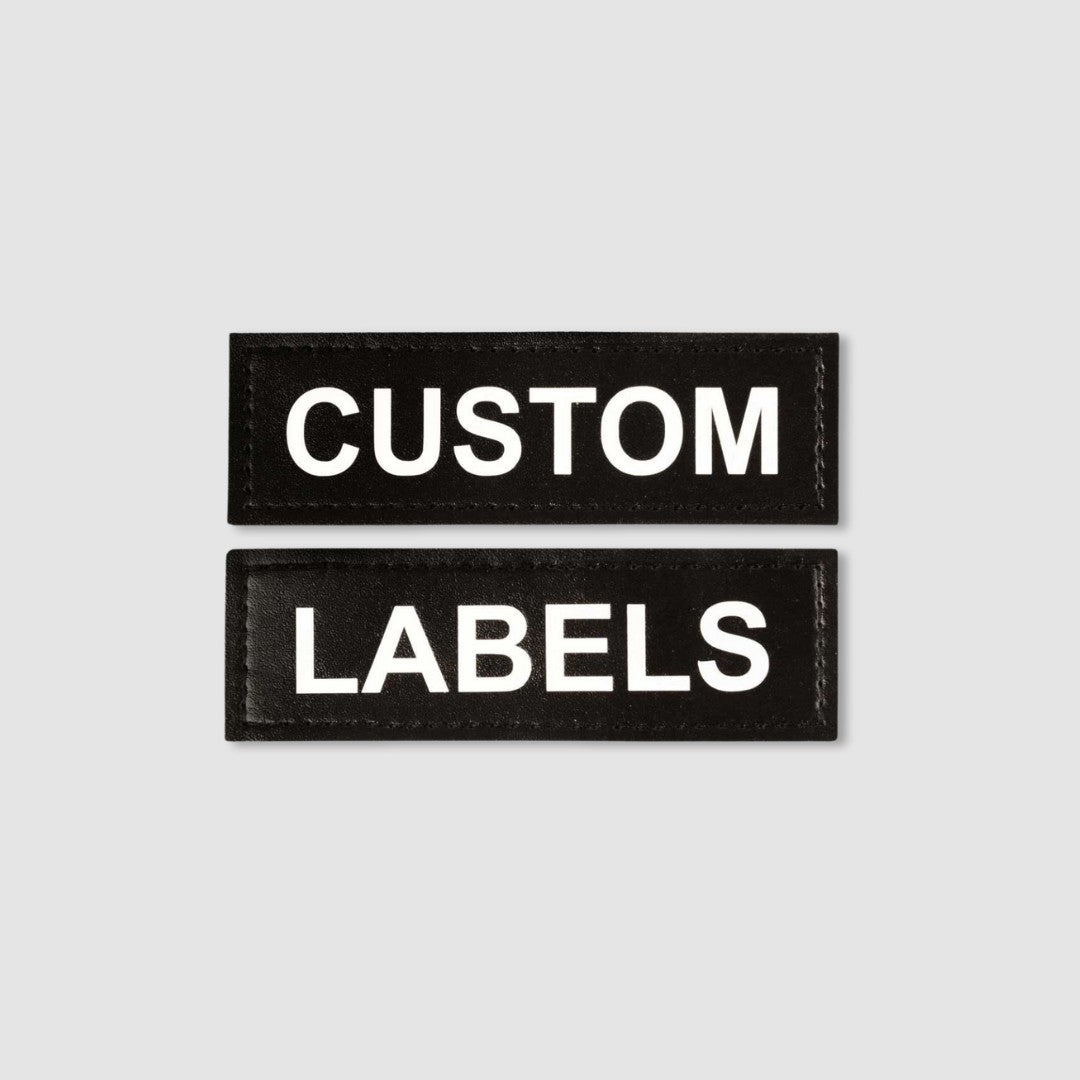Can a Dog Harness Be the Secret to Less Pulling?

Does your dog play tug-of-war during walks? This habit can turn leash-time into a nerve-wracking experience. While scoping out solutions, chances are you came across harnesses. Could they be the secret to less pulling?
That’s what we’ll address in this article. We’ll reveal why your dog is pulling, the best harness type for pullers, and help you find the best dog harness for your pup.
Why Your Pup is Pulling
The first thing to know is that dogs may yank at the leash for a myriad of reasons. Gaining insight into the “why” of it all can help you wrap your head around the issue you’re facing. Here’s why your pup is pulling:
- Dogs naturally move faster than humans. Since their walking pace is typically quicker than yours, you may notice your dog yanking on the leash as they eagerly explore.
- The collar is putting uncomfortable pressure on their neck. When this is the case, your dog might yank or pull to get away and stop the discomfort.
- Your pup’s instinctual opposition reflex propels them to pull. Every time you apply resistance to the leash, your dog may feel the urge to counter that force.
- Fido is feeling anxious or overstimulated. They may be feeling unsafe or unsettled and searching for comfort. Loud noises, other dogs, and crowds can negatively affect some dogs.
- Your dog just has the zoomies. When your dog has pent-up excitement, they might bounce, bound, and sprint around frantically.
A Dog Harness Can Reduce Pulling
Believe it or not, a dog harness can reduce pulling even in dogs that have been dragging their humans down the street for years. Although leash tugging is a natural behavior for most dogs, especially those bred for herding or hunting, the proper harness will allow for much more pleasant walks.
No-pull dog harnesses are designed to discourage yanking by preventing your dog from building momentum when attempting to pull. In sharp contrast to traditional collars, which don’t guard against pulling, no-pull harnesses interrupt this momentum every time.
Please note: we’re talking about harnesses that fasten around the dog’s body and front legs and have a leash clip in the front. When your dog is wearing one of these, instead of going forward when pulling, they’ll be guided back toward you. So, regardless of why your dog is jerking forward, a harness like this will reduce your pulling struggles.
The American Kennel Club states that dog harnesses are best for dogs that tend to tug on their leash when walking.
Pros and Cons of Dog Harnesses
Yes, dog harnesses are the perfect match for pullers. But are they the right fit for you and your dog? The only way to know for sure is to consider their advantages and disadvantages.
Dog Harness Pros
- More comfortable than other collars. The pressure a regular collar puts on a dog’s neck can be uncomfortable and even painful. Making the switch to a dog harness would offer your dog some much-appreciated neck pressure relief. You can also stop your dog from advancing forward without choking them.
- Less effort guiding your dog. These harnesses make for effortless steering by placing even pressure across your doggo’s shoulders. This means less pressure on your back and diminished stress overall.
- Enhanced safety. A well-fitting harness covers more of your dog’s body and gives you much more control over your four-legged friend. Since it’s more secure and difficult to escape from than your average collar, your dog will be safer out on walks and hikes. They’ll be less likely to run off into the street or pull you into dangerous territory.
Dog Harness Cons
- Availability can be an issue. Unless you know where to find a high-quality harness for dogs, you could be in for the run-around (we’ll address this later on in the article). Standard collars, by contrast, are everywhere.
- Dog owners have to be careful with harness sizing. An ill-fitting harness doesn’t do you or your dog any good. Luckily, measuring your dog for a harness isn’t rocket science. Just measure around your dog’s chest, just behind their front legs, and compare your measurements with the manufacturer’s sizing chart.
How to Find the Right Harness for Your Pooch
If you’ve decided that a harness might be a good fit for your dog, the next step is to find a comfortable no-pull dog harness. But where do you start? Consider the following:
Ensure You’re Getting a Proper No-Pull Dog Harness
When you go to shop for a harness for dogs, you’ll be spoilt for choice. From head harnesses to back pull harnesses and more, it’s easy to get confused. But if you search for “no-pull dog harnesses with a front clip”, you’re sure to be in the right place. These are the harnesses that’ll give you the most control with a dog that pulls.
Know Which Features Matter in a Dog Harness
Each no-pull walking dog harness comes with a unique set of features, some of which are infinitely important. Here are the main features to look for in an anti-pull dog harness in Australia:
- Padded interior to lie comfortably against your dog’s fur and skin.
- Webbing made of a durable material like nylon (reflective design is a must!).
- A D-ring attached at the front - this is the main mechanism that prevents pulling.
- Adjustable straps across the dog’s girth and chest for a snug custom fit.
- Quality metal buckle for lasting durability - those with quick-release technology are the easiest to use.
You can learn more in this article on Essential Features to Look For in a Dog Harness.
Choose the Right Size
The bulk of dog harnesses are adjustable, but that doesn’t mean any random one will fit your dog. Dogs come in various sizes, and you need to ensure that yours will fit properly. A good rule of thumb is that the harness should be snug enough to fit two fingers between the dog’s body and the straps.
Mistakes to Avoid When Using a Harness
To help you get the most out of your no-pull harness, we want to share how not to use yours. Keep these tips in mind as you transition your pup to a new harness:
- Not checking periodically for wear and tear. The average dog harness lasts for a few years. But constant pulling can eat into its lifespan. So, doing a quick check now and again is essential. If you notice fraying of the strap material, buckle malfunctions, or other wear, it’s time for a new harness.
- Keeping the harness on your dog all the time. Doing so can lead to a myriad of problems, from matted fur to skin issues. Your dog’s skin needs to breathe to stay healthy. Whenever you’re not walking your dog, it’s best to take the harness off of them.
- Misusing your leash attachment. To discourage pulling, attach the leash to the D ring at the front of the harness. Using it any other way for pullers would be practically useless.
- Rushing through the strap adjustment process. This isn’t the step to rush through. Take your time and ensure that the fit is right before going out. It takes milliseconds for a dog to escape from an improperly fitted harness. And if the harness is too tight, your dog will feel restricted and might even be in pain.
Harnesses and Training Go Hand in Hand
Regardless of the leash you choose, it’s important to teach good doggy manners for easy, rewarding walks. So, if you notice that your dog is still trying to yank on their no-pull harness, we urge you to incorporate some training into your walks:
- Every time you notice that your dog is pulling, stop walking. Resume once your dog has stopped pulling or walked over to you. You can even sweeten the deal with a treat.
- Speed up your walking pace, at least for the first few sessions, to make it easier for your dog to avoid pulling. Recall that canines naturally walk much faster than humans.
- Be as upbeat as possible during walks to keep the mood light and encourage your dog to try their hardest.
- Stay away from long, drawn-out training sessions, especially for relentless pullers. Meet your pup where they are and lengthen practice walks as appropriate for your pooch.
- Keep things consistent, so that your pup will know you mean business. Whenever your doggo is allowed to pull on the leash, it’s like hitting the reset button on your training.
It’s Time to Enjoy Your Walks
Getting your four-legged friend to walk calmly on a leash doesn’t have to be an impossible task. A dog harness with no pull technology not only grants you more control, but also makes your dog more comfortable and confident on every walk. It’s a simple change that can make a massive difference for both of you. The more enjoyable your walks become, the more often you’ll want to head out together, strengthening your bond one step at a time. We hope you found all the information you were looking for. Here’s to less tugging and many memorable adventures ahead.

